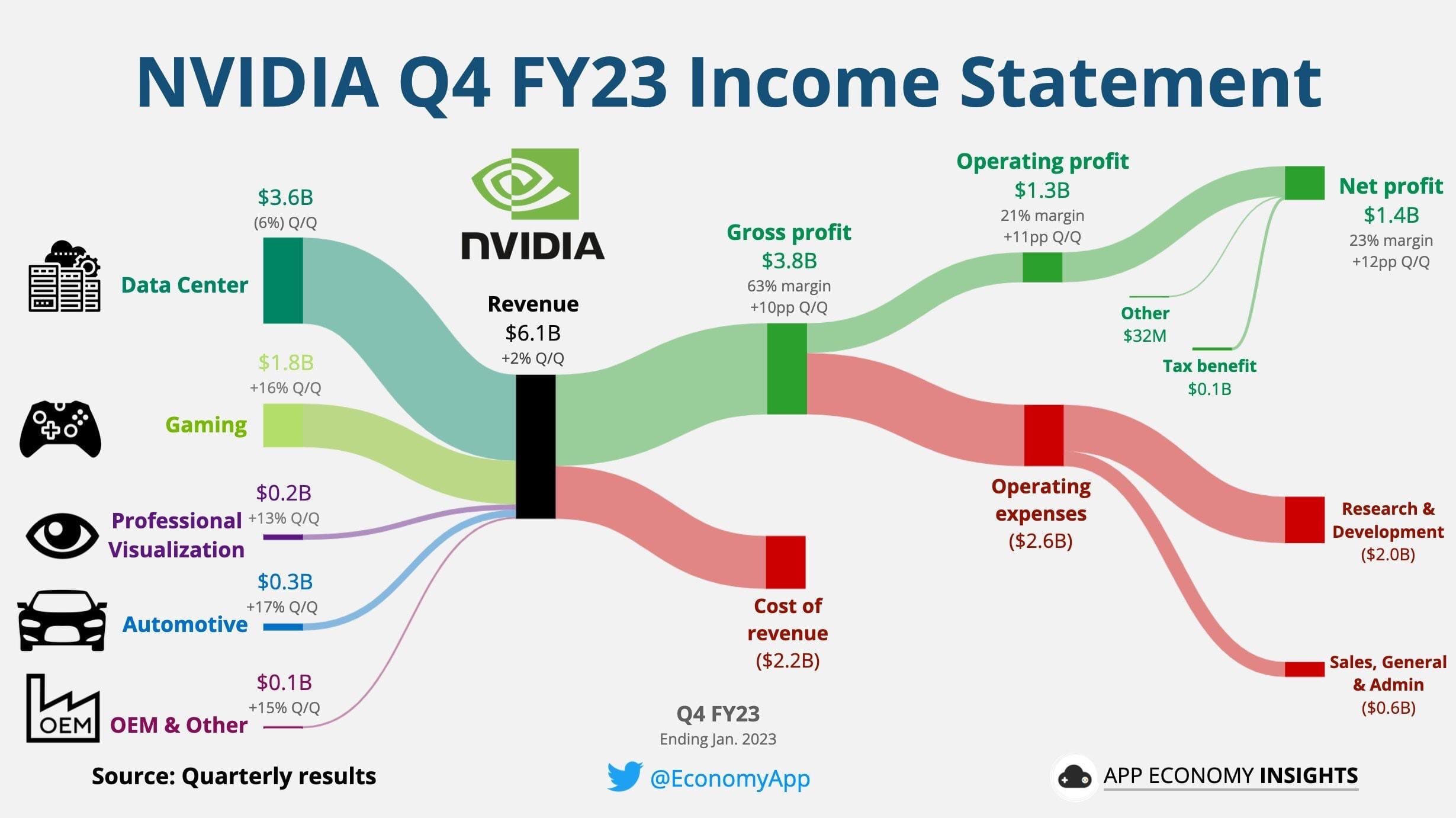The impending closure of the Macy’s store in Brooklyn, formerly known as the Abraham Straus department store, represents a significant moment in the history of retail in the borough. This location has been a staple for generations, providing a wide range of products and services to the local community. The decision to close the store is part of a larger trend affecting many traditional retailers, which have faced increasing challenges in recent years due to changing consumer habits, the rise of e-commerce, and economic pressures.
The Abraham Straus store has a rich history that dates back to its founding in the early 20th century. Originally established as a family-owned business, it became a beloved destination for Brooklyn residents, offering everything from clothing and home goods to cosmetics and toys. The store was known for its commitment to customer service and community engagement, often hosting events and promotions that brought people together. Over the years, it evolved into a Macy’s location, but it retained much of its original charm and character.
As the retail landscape has shifted, many brick-and-mortar stores have struggled to compete with online shopping platforms. The convenience of purchasing items from home, coupled with the ability to compare prices and access a wider selection of products, has led to a decline in foot traffic at traditional retail locations. This trend has been particularly pronounced in urban areas, where high rents and operating costs make it difficult for stores to remain profitable.
The closure of the Macy’s store in Brooklyn is not just a loss for shoppers; it also has significant implications for the local economy. The store has provided jobs for many residents, and its closure will likely result in job losses for employees who have dedicated years to serving the community. Additionally, the loss of such a prominent retail location may impact surrounding businesses that rely on foot traffic generated by the store.
Community members have expressed their sadness over the news of the store’s closure. For many, the Abraham Straus location has been more than just a place to shop; it has been a gathering spot and a symbol of local pride. The store has hosted countless memories for families, from holiday shopping to special events. Its closure marks the end of an era, leaving a void in the community that may be difficult to fill.
In response to the changing retail environment, Macy’s has been reevaluating its business strategy. The company has focused on enhancing its online presence and improving its supply chain to better meet the needs of modern consumers. While these efforts have been successful in some areas, they have not been enough to prevent the closure of certain locations, including the Brooklyn store.
As the retail industry continues to evolve, it is essential for businesses to adapt to the changing landscape. This may involve rethinking the traditional retail model and exploring new ways to engage with customers. For some retailers, this could mean investing in experiential shopping, where customers can enjoy unique in-store experiences that cannot be replicated online. For others, it may involve a greater emphasis on community involvement and local partnerships.
The closure of the Macy’s store in Brooklyn serves as a reminder of the challenges facing the retail sector. It highlights the need for businesses to innovate and adapt to the preferences of today’s consumers. As the industry navigates these changes, it will be crucial for retailers to find ways to remain relevant and connected to their communities.
Looking ahead, the future of retail in Brooklyn and other urban areas remains uncertain. While some may see the closure of traditional stores as a sign of decline, others may view it as an opportunity for new businesses to emerge and fill the gaps left behind. The evolution of retail is ongoing, and it will be interesting to see how communities respond to these changes in the coming years.
In conclusion, the closing of the Macy’s store in Brooklyn, once an iconic Abraham Straus location, marks a significant moment in the borough’s retail history. As the community reflects on the memories and experiences associated with the store, it also faces the reality of a changing retail landscape. The impact of this closure will be felt not only by shoppers but also by employees and local businesses that have relied on the store for support. The future of retail in Brooklyn will depend on the ability of businesses to adapt and innovate in response to the evolving needs of consumers.



